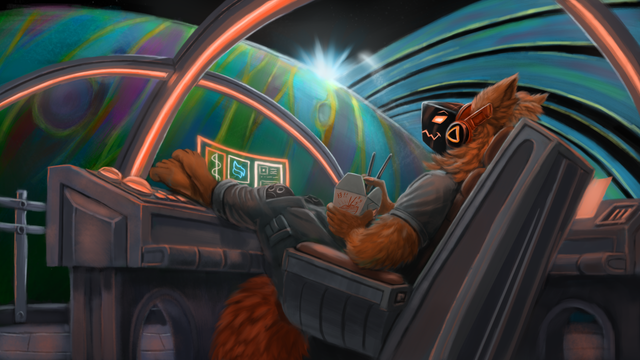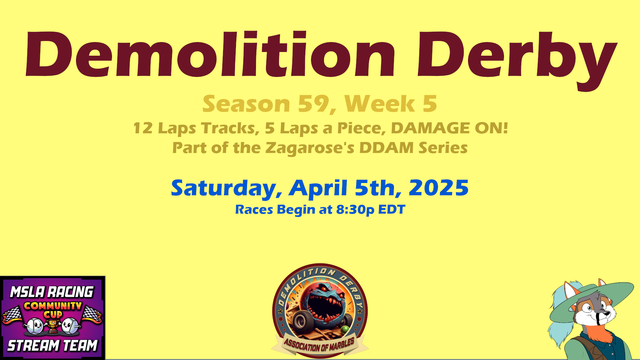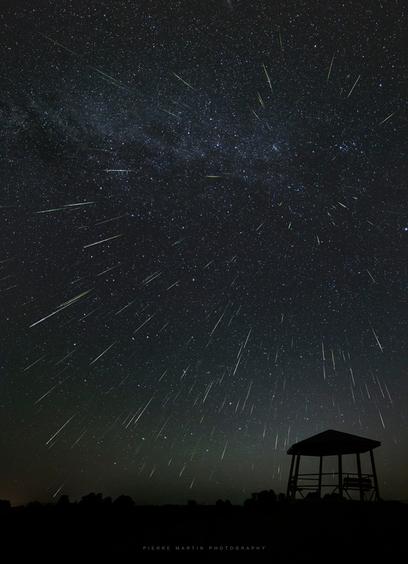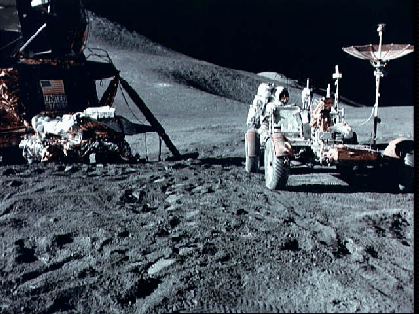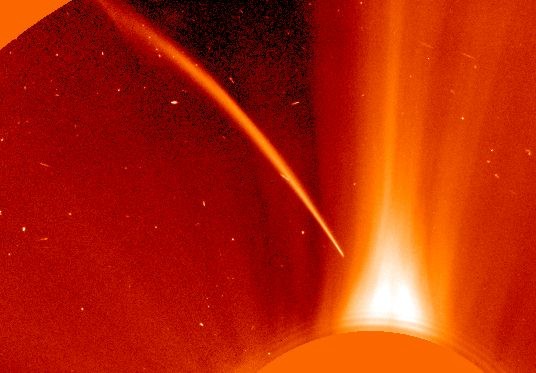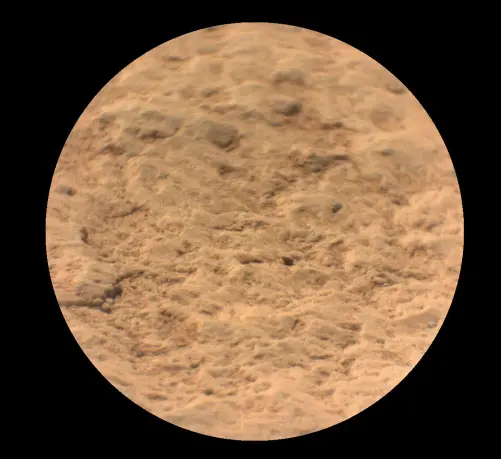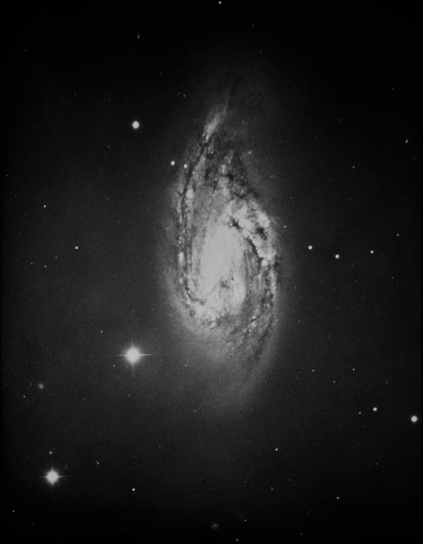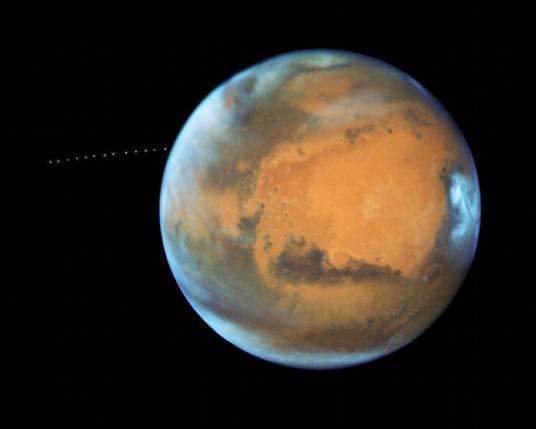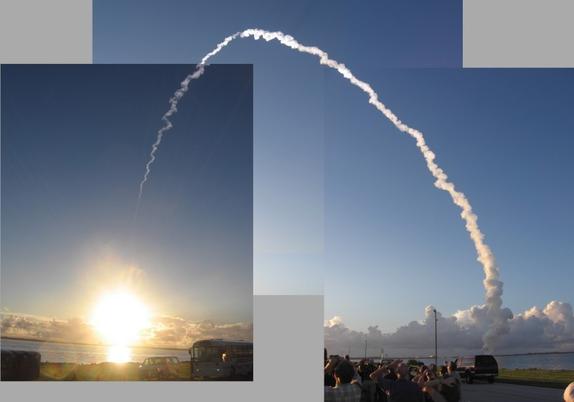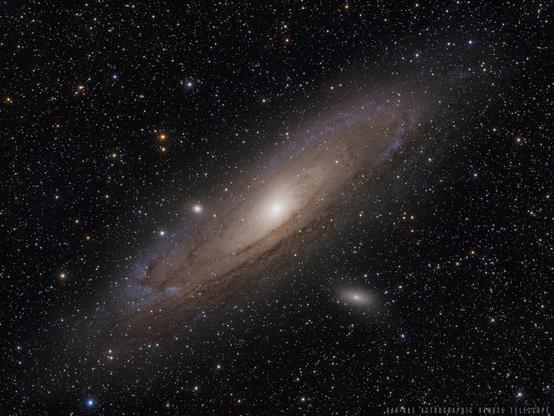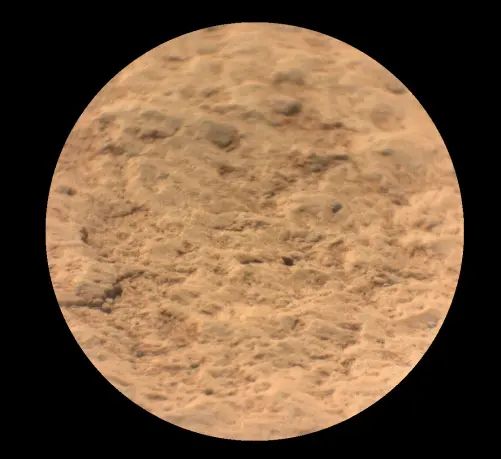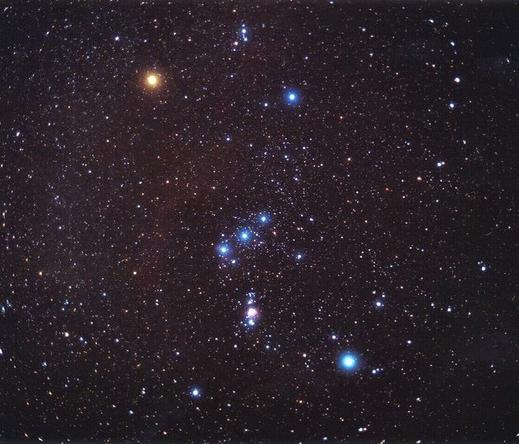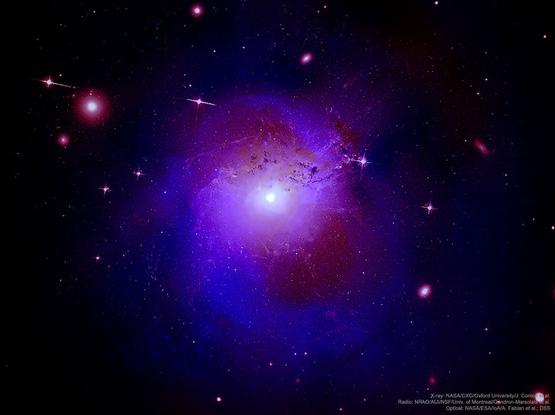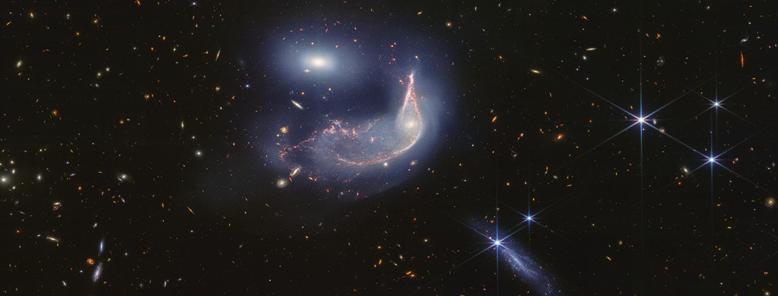Recent searches
Search options
#space
DEMOLITION DERBY ASSOCIATION + SLIPSTREAM - Iiiiiiit's tiiiime for Season 59, Week 5 in the Demolition Derrrrrrby Association! 12 Laps Tracks, 5 Laps each, DAMAGE ON! Come join and compete as part of the DDAM series with BIG PRIZES at the end of the season.
Once things have been completed and cleanups are done we will also transition to Slipstream for a Proteus run!
 @world_beauty@universeodon.com
@world_beauty@universeodon.comPerseid Outburst at Westmeath Lookout
Credits: Pierre Martin
#nature #space #astrophotography
 @world_beauty@universeodon.com
@world_beauty@universeodon.comApollo 15: Driving on the Moon
Credits: #NASA
#nature #space #astrophotography
 @world_beauty@universeodon.com
@world_beauty@universeodon.comSungrazer
Credits: LASCO, SOHO Consortium, NRL, ESA, #NASA
#nature #space #astrophotography
 @admin@science.social
@admin@science.socialThe Gargoyles' Eclipse
https://apod.nasa.gov/apod/image/2504/NDGargoylesEclipse_kulik.jpg
In dramatic silhouette against a cloudy daytime sky over Paris, France, gargoyles cast their monstrous gaze outward from the west facade of Notre Dame Cathedral. Taken on March 29, this telephoto snapshot also captures the dramatic silhouette of a New Moon against the bright solar disk in a partial solar eclipse. Happening high in Parisian skies, the partial eclipse was close to its maximum phase of about 23 percent. Occurring near the end of the first eclipse season of 2025, this partial solar eclipse followed the total eclipse of the Full Moon on March 13/14. The upcoming second eclipse season of 2025 will see a total lunar eclipse on September 7/8 and partial solar eclipse on September 21. The partial solar eclipse will be seen only from locations in planet Earth's southern hemisphere.
Attribution: Bertrand Kulik
@science@lemmy.world @science@beehaw.org @space@beehaw.org @space@lemmy.world @science@lemmy.ml @space@newsmast.community @space@lemmy.ml #space #science #nasa #astronomy
 @world_beauty@universeodon.com
@world_beauty@universeodon.comRing Scan
Credits: Cassini Imaging Team, SSI, #JPL, ESA, #NASA
#nature #space #astrophotography
Image of Arp 16, also known as M66, from the Atlas of Peculiar Galaxies by Halton Arp (1966).
In the original catalog, it was in the category: Spiral galaxies - Detached segments. M66 is a face-on spiral galaxy with a weak bar and loosely wound arms that are full of young star clusters.
Image of Arp 317, also known as the Leo Triplet, from the Atlas of Peculiar Galaxies by Halton Arp (1966).
In the original catalog, it was in the category: Double and multiple galaxies - Groups. This small group of galaxies consists of the edge-on spiral galaxy NGC 3628 at lower right, and the nearly face-on spirals M66 at upper right and M65 at upper left.
Fram2 Crew Returns To Earth After Polar Orbit Mission - SpaceX's Fram2 mission returned safely after becoming the first crewed spaceflight... - https://science.slashdot.org/story/25/04/04/2344217/fram2-crew-returns-to-earth-after-polar-orbit-mission?utm_source=rss1.0mainlinkanon&utm_medium=feed #space

 @world_beauty@universeodon.com
@world_beauty@universeodon.comPhobos: Moon over Mars
Credits: #NASA, ESA, STScI, ASU, SSI
#nature #space #astrophotography
SLIPSTREAM - Come, join me in Slipstream: Rogue Space as we fly the stars and attempt to push back the Slug Scum! https://www.twitch.tv/Kenku
#Twitch #StreamingNow #Slipstreamroguespace #furry #sci-fi #ShipBattles #AudienceGames #Space #DeathtoSlugs

 @world_beauty@universeodon.com
@world_beauty@universeodon.comDawn Launch Mosaic
#nature #space #astrophotography
 @world_beauty@universeodon.com
@world_beauty@universeodon.comAndromeda Island Universe
Credits: Yuzhe Xiao
#nature #space #astrophotography
 @admin@science.social
@admin@science.socialHickson 44 in Leo
https://apod.nasa.gov/apod/image/2504/ARP316_1024.jpg
Scanning the skies for galaxies, Canadian astronomer Paul Hickson and colleagues identified some 100 compact groups of galaxies, now appropriately called Hickson Compact Groups. The four prominent galaxies seen in this intriguing telescopic skyscape are one such group, Hickson 44. The galaxy group is about 100 million light-years distant, far beyond the spiky foreground Milky Way stars, toward the constellation Leo. The two spiral galaxies in the center of the image are edge-on NGC 3190 with its distinctive, warped dust lanes, and S-shaped NGC 3187. Along with the bright elliptical, NGC 3193 (above and left) they are also known as Arp 316. The spiral toward the lower right corner is NGC 3185, the 4th member of the Hickson group. Like other galaxies in Hickson groups, these show signs of distortion and enhanced star formation, evidence of a gravitational tug of war that will eventually result in galaxy mergers on a cosmic timescale. The merger process is now understood to be a normal part of the evolution of galaxies, including our own Milky Way. For scale, NGC 3190 is about 75,000 light-years across at the estimated distance of Hickson 44.
Attribution: Jiang Wu
@science@lemmy.world @science@beehaw.org @space@beehaw.org @space@lemmy.world @science@lemmy.ml @space@newsmast.community @space@lemmy.ml #space #science #nasa #astronomy
 @world_beauty@universeodon.com
@world_beauty@universeodon.comOrion on Film
Credits: Matthew Spinelli
#nature #space #astrophotography
 @world_beauty@universeodon.com
@world_beauty@universeodon.comUnexpected X-Rays from Perseus Galaxy Cluster
#nature #space #astrophotography
JWST NIRCam image of Arp 142, also known as NGC 2936 and NGC 2937, or the Penguin and the Egg.
In this wide view, we see the Penguin (laying on its back) and the Egg, and the foreground edge-on spiral PGC 1237172. There are also a large number of distant galaxies, some seen as tiny spirals and ellipticals, and many appearing as dots.
Credit: NASA, ESA, CSA, STScI
Source: https://webbtelescope.org/contents/media/images/2024/124/01J06XYGEDEE86D1H9N5EJ9EG0


